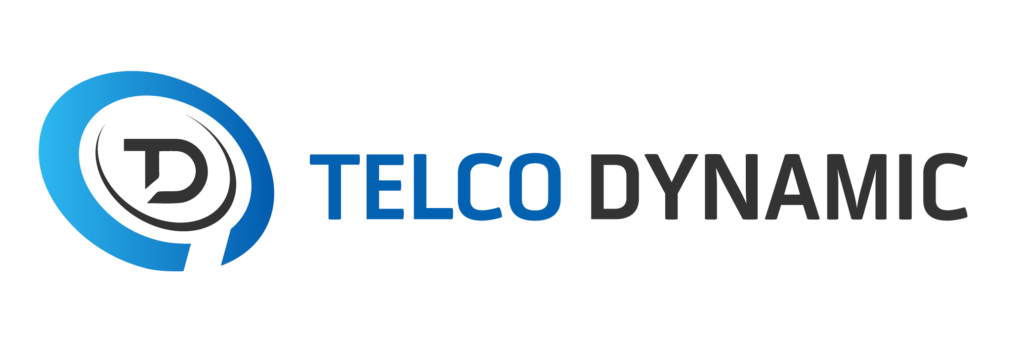In an era where our lives are increasingly intertwined with the digital realm, protecting our data has become more critical than ever. From personal photos and documents to sensitive financial information, the data we store online is vulnerable to a myriad of threats. However, with the right strategies and practices, you can minimize the risk of data breaches and safeguard your digital assets. Here’s a comprehensive guide on how to keep your data safe online:
1. Create Strong and Unique Passwords: Start by creating strong passwords for all your online accounts. Avoid using easily guessable information such as birthdays or pet names. Instead, opt for complex combinations of letters, numbers, and symbols. Additionally, ensure that each account has a unique password to prevent a single breach from compromising multiple accounts.
2. Enable Two-Factor Authentication (2FA): Two-factor authentication adds an extra layer of security by requiring users to provide two forms of verification before accessing an account. This could be a code sent to your phone, a fingerprint scan, or a hardware token. Enable 2FA wherever possible to bolster the security of your accounts.
3. Keep Software and Devices Updated: Regularly update your operating system, software applications, and antivirus programs to patch security vulnerabilities. Hackers often exploit outdated software to gain unauthorized access to devices and data. Set up automatic updates whenever possible to ensure that your devices are always protected with the latest security patches.
4. Encrypt Sensitive Data: Encryption converts your data into a secure format that can only be accessed with the correct decryption key. Utilize encryption tools to protect sensitive files, emails, and communications. Many operating systems and applications offer built-in encryption features, or you can use third-party encryption software for an added layer of security.
5. Backup Your Data Regularly: Implement a robust backup strategy to protect against data loss due to cyberattacks, hardware failures, or accidental deletion. Backup your important files to an external hard drive, a network-attached storage (NAS) device, or a cloud storage service. Ensure that your backups are stored securely and regularly test the restoration process to verify its effectiveness.
6. Practice Safe Browsing Habits: Be cautious when browsing the internet and avoid clicking on suspicious links or downloading files from unknown sources. Phishing attacks, malware-infected websites, and malicious downloads are common methods used by cybercriminals to steal data or compromise devices. Install ad-blocking and anti-malware software to further enhance your protection against online threats.
7. Secure Your Wi-Fi Network: Secure your home Wi-Fi network with a strong password and encryption protocol (such as WPA2 or WPA3). Change the default administrator credentials for your router and regularly update its firmware to patch security vulnerabilities. Consider hiding your Wi-Fi network name (SSID) to prevent unauthorized access and enable network encryption to protect data transmitted over the network.
8. Be Mindful of Data Sharing: Be cautious about sharing personal information online, especially on social media platforms. Review and adjust your privacy settings to control who can access your data and limit the amount of information you share publicly. Avoid oversharing sensitive details such as your full name, address, phone number, or financial information.
9. Stay Informed and Educated: Keep yourself informed about the latest cybersecurity threats, trends, and best practices. Follow reputable cybersecurity blogs, subscribe to security newsletters, and participate in online forums or communities to stay updated on emerging threats and effective mitigation strategies. Continuously educate yourself and your family members about the importance of cybersecurity and how to stay safe online.
By implementing these proactive measures and adopting a security-first mindset, you can significantly reduce the risk of data breaches and protect your valuable digital assets from harm. Remember, safeguarding your data is an ongoing process that requires diligence and vigilance, but the peace of mind it brings is well worth the effort.

Types of Data Protection
In the digital age, where our lives are increasingly intertwined with the online world, protecting our data is paramount. From personal photos and financial records to sensitive business documents, data comes in various forms, and each requires its own set of protection strategies. Here’s a breakdown of the different types of data protection and how you can keep your valuable information safe online:
1. Personal Data Protection:
- Privacy Settings: Adjust the privacy settings on social media platforms and online accounts to control who can view your personal information.
- Limited Sharing: Be cautious about sharing personal details such as your full name, address, phone number, and birthdate online.
- Secure Passwords: Create strong, unique passwords for all your accounts and enable two-factor authentication (2FA) wherever possible.
- Data Encryption: Encrypt sensitive personal data stored on your devices or transmitted over the internet to prevent unauthorized access.
2. Financial Data Protection:
- Secure Transactions: Only conduct financial transactions on secure websites with HTTPS encryption and a valid SSL certificate.
- Phishing Awareness: Be vigilant against phishing scams that attempt to steal your financial information through fraudulent emails, websites, or messages.
- Monitor Accounts: Regularly monitor your bank and credit card accounts for any unauthorized transactions or suspicious activity.
- Use Trusted Services: Choose reputable payment processors and financial institutions that prioritize security and offer fraud protection services.
3. Business Data Protection:
- Employee Training: Educate employees about cybersecurity best practices and the importance of protecting sensitive business data.
- Access Controls: Implement role-based access controls to limit access to confidential business information only to authorized personnel.
- Data Backups: Regularly backup critical business data to secure offsite locations or cloud storage services to mitigate the impact of data loss or ransomware attacks.
- Endpoint Security: Deploy endpoint security solutions such as antivirus software, firewalls, and intrusion detection systems to protect devices from malware and cyber threats.
4. Healthcare Data Protection:
- HIPAA Compliance: Ensure compliance with the Health Insurance Portability and Accountability Act (HIPAA) regulations for safeguarding protected health information (PHI).
- Encryption: Encrypt electronic health records (EHRs) and other sensitive patient data to prevent unauthorized access or data breaches.
- Access Controls: Implement strict access controls and authentication mechanisms to restrict access to patient records based on the principle of least privilege.
- Data Integrity: Implement measures to ensure the integrity and accuracy of healthcare data, including audit trails and data validation checks.

5. Intellectual Property Protection:
- Copyright Protection: Secure copyrights for original creative works such as writings, images, music, and software to prevent unauthorized use or distribution.
- Trademark Protection: Register trademarks for logos, brand names, and product identifiers to protect against infringement and brand dilution.
- Confidentiality Agreements: Require employees, contractors, and partners to sign confidentiality agreements to safeguard proprietary information and trade secrets.
- –Digital Rights Management (DRM): Use DRM technologies to control the distribution and usage of digital content, such as ebooks, videos, and software, to prevent piracy and unauthorized copying.
By implementing these tailored data protection strategies for different types of data, you can mitigate the risk of data breaches, identity theft, financial fraud, and other cyber threats, ensuring the safety and integrity of your valuable information online.
Concussion
In today’s digital landscape, where our lives are increasingly reliant on technology, the importance of keeping our data safe online cannot be overstated. From personal information to sensitive business data, the digital realm holds a wealth of valuable assets that are constantly at risk of being compromised by cyber threats. However, by implementing proactive measures and adopting a security-first mindset, individuals and organizations can significantly reduce the risk of data breaches and safeguard their valuable information. By creating strong and unique password

